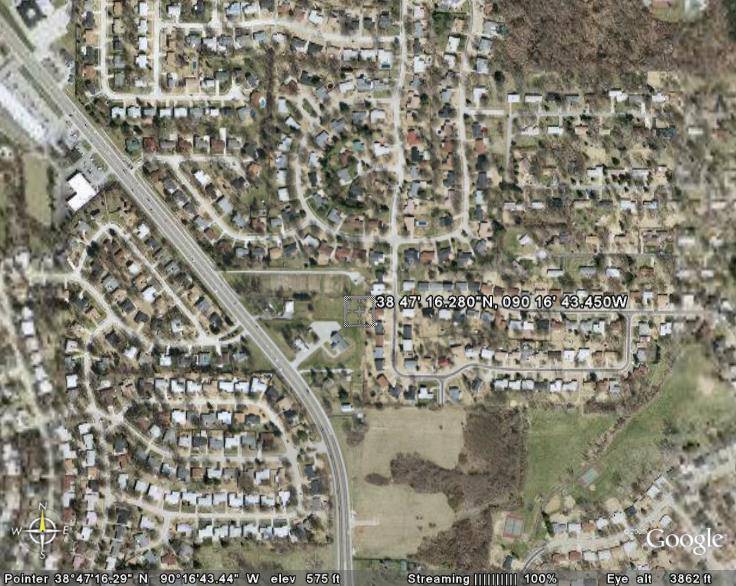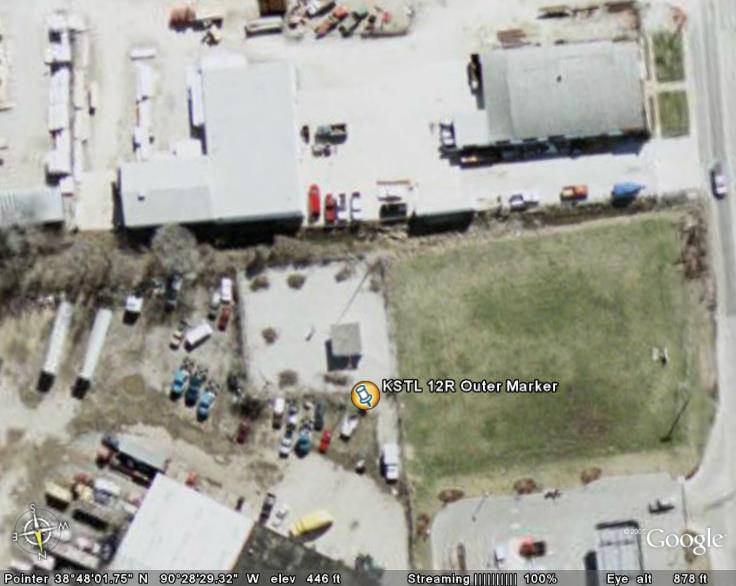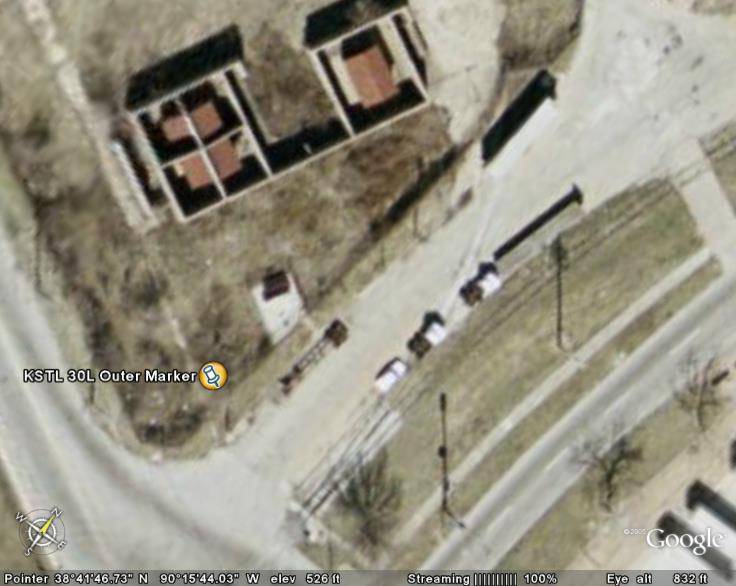Going nose up - autopilot - above FL320
Okay, I have been practicing the approaches for a few days now, and wanted to take a flight.
Just before posting this, I was flying from DCA to STL in ERJ-145. Default, no FS Passengers or anything like that. Everything is cool as I am being handed off between this controller and that controller. I was at FL290 or FL300 and was cleared to FL360.
I was using the autopilot, and dialed in the new FL, climbing at 1400 FPM, 300 KTS airspeed, and all the sudden, the aircraft went nose up and entered a stall. I could not level out, and almost could not level out even without autopilot. I had to request FL310 before things would settle down.
Even at this, there was alot of turblence, and I was bouncing up and down like crazy.
What could have caused thie behavior?
 15 Answers
15 Answers
Since the ERJ is good to FL350, you shouldn't have been cleared to FL360 (source of my info is aa.com). Another possibility is...err...umm...did you check that your flaps had been retracted?
What you are describing is an aircraft that can not maintain sufficient speed and yet climb. The A/Ps in FS aren't quite advanced enough and keep raising the nose to gain altitude.
One further not. I looked a the certification specs on the ERJ-145. It is rated to FL370. Apparently, American Airlines chooses to factor in some extra safety and only flies them to FL350.
glen4cindy,
It may have been that you were at the ceiling...??? I know this aircraft in the flight sim and it should handle just fine. Something seemed to have spoiled the flight dynamics just enough to cause this. It happens to me sometimes in the 747 and 777. I could fly these flights in these aircraft and all of the sudden this would happen to me. I fly the 737 in the sim more than anything. When this happens to me I disengage the A/P and all flying aids. Then muscle the aircraft in and pursuade it to cooperate with me. Once stable again and I can slowly gain altitiude I go back on course. And of course ATC is telling me to expedite my climb to altitude. I may have just been shears of some sort. Did you use real world weather? I am talking about the one in FS?
Regards,
Well, I was using Real World Weather, and it was snowing when I taxied, but, at takeoff, the snow had quit.
Everything was going very well, but, the speed would not stay above 300. I had it set higher, but, it could not reach any higher than 300 which may be due to the climb. I was initially cleard to FL120, and as soon as I reached that, I was cleard to FL260, and as soon as I reached that I was cleard to FL360 but never made it.
I was not using flaps at all, not even to take off. I did not realize that I should be using any flaps at all on take off. It did take most of runway 4 at DCA to get off the ground, so maybe I should have had some flaps!
The only other thing that I was doing during the climb was hitting S until I could see from a spot plane. I was watching my contrails, and all the sudden noticed that I was going way nose up, and then the stall warning came on.
I think this covers all the points everyone made, so hopefully with more info, someone could shed light on what happened. Thank you for your ideas.
I have not had a lot of experiance with big iron, but have had simular experince with aircraft that are getting close to their cieling and have usually solved it by making a shallower climb 500 fpm or such. Keep us posted when you find the solution. 🙂
I just did a flight and had to divert to Liverpool. i was at fl30 and cruising when things went crazy, i just had to land, luckily it was close to liverpool airport 🙂
You can easily climb to FL360 with the ERJ-145 by lowering your climb rate. 1400 FPM is crazy at that altitude. Your climb rate should be around 300-500 FPM. The higher you go, the slower you climb. Meaning that you should always climb smoothly.
I think that 1400 FPM for the ERJ-145 is the takeoff climb rate.
Thanks for the tip re: rate of climb.
I will try this flight again, this time, as I get up there, I will reduce the rate of climb. Of course, I don't know what rate I climb when flying for real in the cabin, but, FS ATC can be impatient!
They are always asking me to expidite my climb if I am not going fast enough!
They do the same to me. They expect me to descend really fast. I don't want to do that because the G-forces will decrease and that is not very good for an airliner. I descend very smoothly....
Climb rates always change depending on the weight and fuel of the aircraft. I'll make a guide for you about climb rates:
1. When taking off and doing the initial climb, your climb rate, in a commercial airliner, should be between 1000 FPM to 1800 FPM. Remember: This is for initial climb. That's the part when you lift off the ground and you are starting to climb.
The heavy you are, the higher your climb rate should be. When I do my initial climb with my A340-300 fully loaded, my initial climb is always 1500 FPM. Sometimes I set it to 1600 FPM, but that depends on you.
Climbing at 1000 FPM is unusual for the A340 even if it's not heavy. 1000 FPM is mostly used for small commercial aircraft. For my A320's my climb rate is almost always between 1100 FPM to 1400 FPM. Again, the heavy you are, the higher your climb rate should be.
2. Below 18000 feet, your recommended climb rate should be from 1500 FPM to 1800 FPM. Once you start getting higher, your climb rate should decrease. But don't decrease it too much. You should decrease your climb rate 1000 by 1000, if traffic permits. I am not talking about altitude here.
Example: You are at 3000 feet. Your climb rate would be 1700 FPM. Now you are at 5000 feet. Your climb rate would be 1600 FPM. And now you are at 6000 feet. Your climb rate would be at 1500 FPM.
Don't decrease your climb rate to 1000 FPM below 18000 feet because you will climb really slow.
3. Above 18000 FPM keep your climb rate should be between 1300 FPM and 1500 FPM.
4. At and above 33000 feet your climb rate should be between 300 FPM to 500 FPM. This way you will climb slowly, burning less fuel, and having no problems with G-forces and stalls.
5. Below 18000 you may want to climb slighly fast. Above 18000 you may want to climb slow. At higher altitudes, the air is dense and you will climb slowly. It IS recommended to climb slowly.
If you have any questions ask me. This is the way I do it and I can tell you that it is very accurate and smooth.
I have some pictures for you if you want to look at them. It's about climb rates. I can post them if you want.
Note: What I explained is not a procedure that should always be done. It depends on weight, fuel, traffic, and weather.
Wow! Thanks for all the very helpful information.
Yes, looks like trying to climb at 1400 fpm at 33000 feet is a real problem.
Agus0404, are you a real world pilot, or is the procedure the one you use in sim flying?
Isn't Lisbon the original destination of the Air Transat aircraft that had a fuel problem that won the pilots a record for the longest no power glide in a commerical jet?
Those pilots I would like to meet. Even though they mis-interpreted information from the computer, it seems that it was still a fantastic feat of piloting skill. Ditching in the water would have to have been much worse of a landing than the one they had!
You're welcome glen4cindy! 😉 It's my pleasure to help you and others.
No, I'm not a real world pilot, but will be in 2 years from now. I am going to study to be a pilot here in Portugal in a very good pilot school. I will be starting my training on february 2006.
About the Air Transat emergency landing, Lisbon was the expected destination, but the pilots couldn't get there safely, so the decided to head for Lajes airport, in The Azores. That airport was 150 miles away when the co-pilot saw the problem. Lisbon was 1000 miles away.
I don't think the pilot mis-interpreted the information from the computer. There was an incorrect replacement of the right pump on the Trent 700 engine. That caused the main problem and they starting to lose fuel from the right tank. The computer was transferring fuel from the left tank to the right tank.
I agree that this was a fantastic feat of piloting skills. The pilots was very well trained for emergencies. They are heros. 😉
Agus0404 wrote:
I have some pictures for you if you want to look at them. It's about climb rates. I can post them if you want.
All the information (instructions ) you gave it helped me also, Can you please post those pictures? thank you. 
Yes, I can. But, I'm not sure how. I would like to see your pictures as well.
glen4cindy wrote:
Yes, I can. But, I'm not sure how. I would like to see your pictures as well.
Open a free account at http://photobucket.com/ and link to the screenshot that you upload to them. You right click in the screenshot/click on properties/use the URL (copy and paste) that's on the grey window and place that between the two marks that you get on your post [img][/img]

Kewl!
Okay, here we go:
KSTL 24

KSTL 12R

KSTL 30L

This is a start. Thanks for the great info RadarMan!
Still does not answer your question? Ask a new question!
If the question and answers provided above do not answer your specific question - why not ask a new question of your own? Our community and flight simulator experts will provided a dedicated and unique answer to your flight sim question. And, you don't even need to register to post your question!
Search our questions and answers...
Be sure to search for your question from existing posted questions before asking a new question as your question may already exist from another user. If you're sure your question is unique and hasn't been asked before, consider asking a new question.
Related Questions
Flight Sim Questions that are closely related to this...


 Jump to latest
Jump to latest


